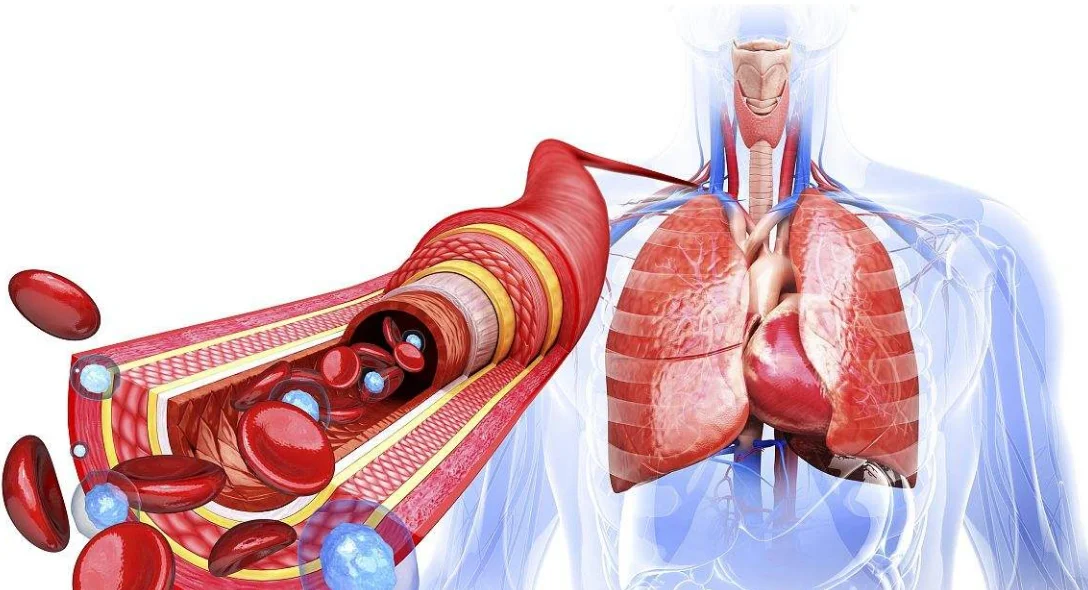
Osteophyte formation, often referred to as bone spurs, can be treated through a combination of approaches to manage symptoms and improve quality of life. The most effective treatment plan often depends on the location of the bone spurs, the severity of symptoms, and the patient's overall health.
1. Conservative Treatments: For many patients, non-surgical options provide significant relief. These include:
- Physical Therapy: Exercises to strengthen muscles around the affected joint, improving stability and reducing pressure on the bone spurs.
- Medications: Anti-inflammatory drugs, such as NSAIDs, can help reduce pain and inflammation.
- Weight Management: Losing weight can decrease stress on joints, particularly in the knees and hips.
- Orthotics: Shoe inserts or braces can help align bones properly, reducing the impact of bone spurs.
2. Surgical Options: In cases where conservative treatments are ineffective, surgery may be considered. Surgical procedures aim to remove the bone spurs and relieve pressure on nerves or tissues. The type of surgery will depend on the location and size of the osteophytes.
It's crucial for patients to work closely with their healthcare provider to develop a personalized treatment plan that addresses their specific needs and symptoms. Regular follow-ups and adjustments to the treatment plan may be necessary to achieve the best outcomes.











